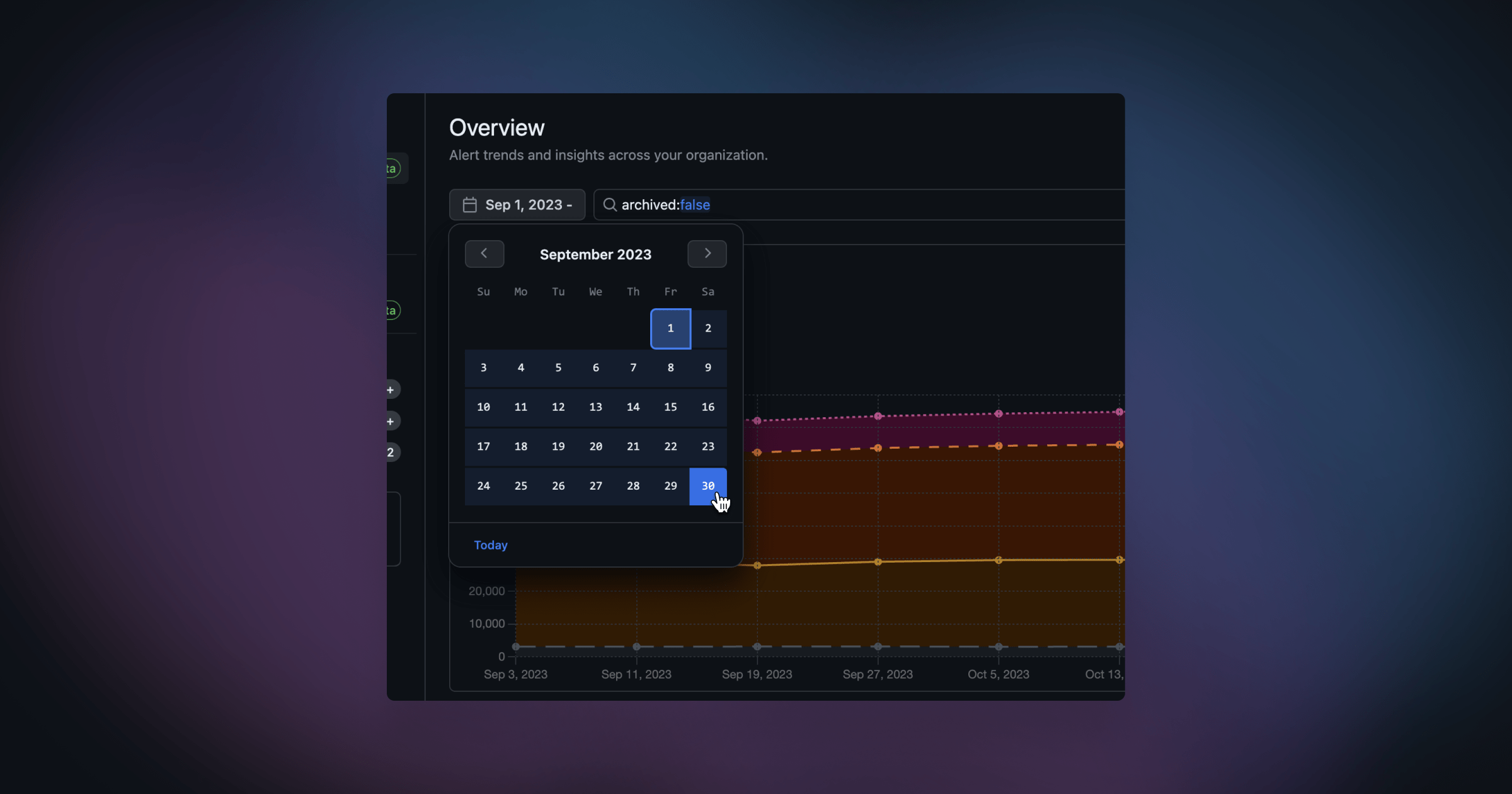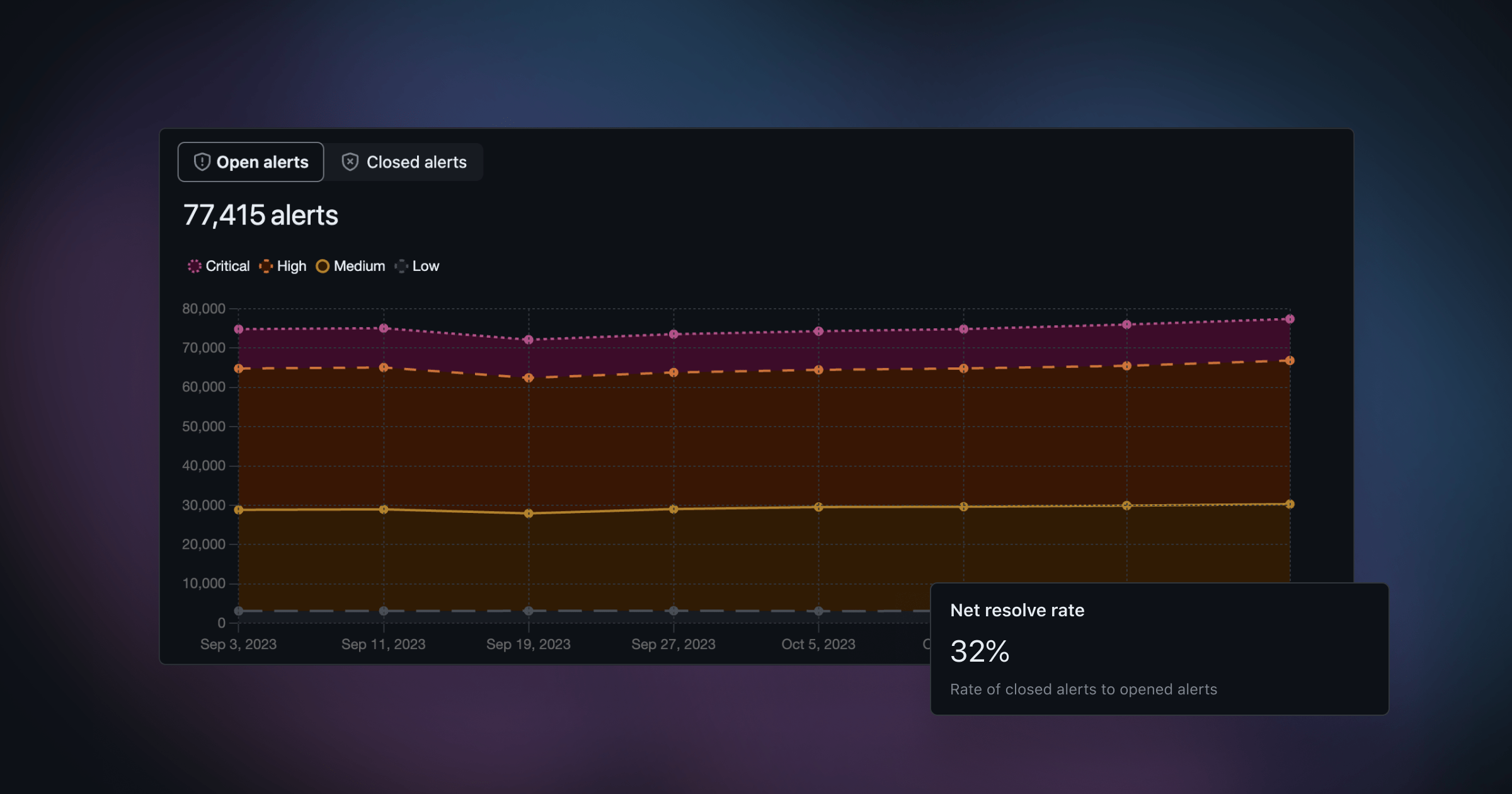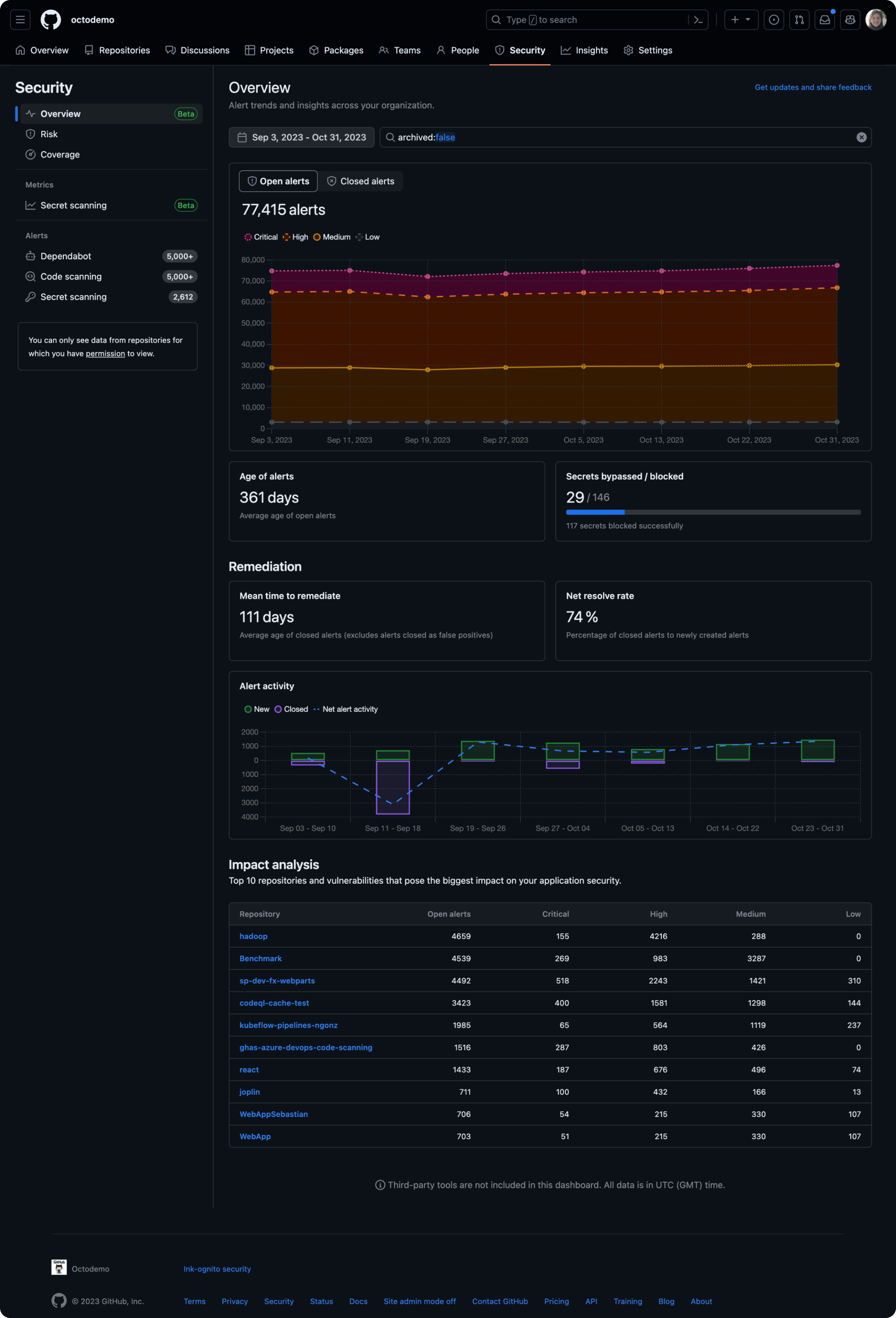Customers desire clear, relevant, and actionable insights about how Actions workflows are being used in their organization. Today, we are thrilled to announce that Actions Usage Metrics is available in public beta for GitHub Enterprise Cloud plans.

Time is the most important metric for DevOps and DevEx teams. The question they want answered is, “where are all my minutes going?” Actions Usage Metrics addresses this question and others by focusing on minutes used per workflow, job, repository, runtime OS, and runner type. This data helps organizations locate areas of improvement in their software delivery lifecycle, saving time and money.
Customers can filter data by any combination of workflows, jobs, repositories, runtime OS, and runner type to view total minutes, number of jobs, workflow executions, and more. All usage metrics, filtered or not, can be downloaded as a .csv file to use with your tool of choice.
By default, organization owners can access Actions Usage Metrics. However, access permissions can be granted to other members or teams using Actions fine-grained permissions. This ensures the right level of access to Actions Usage Metrics data, enabling informed decisions and improvements.
To learn more about Actions Usage Metrics, check out our docs or head to our community discussion.










